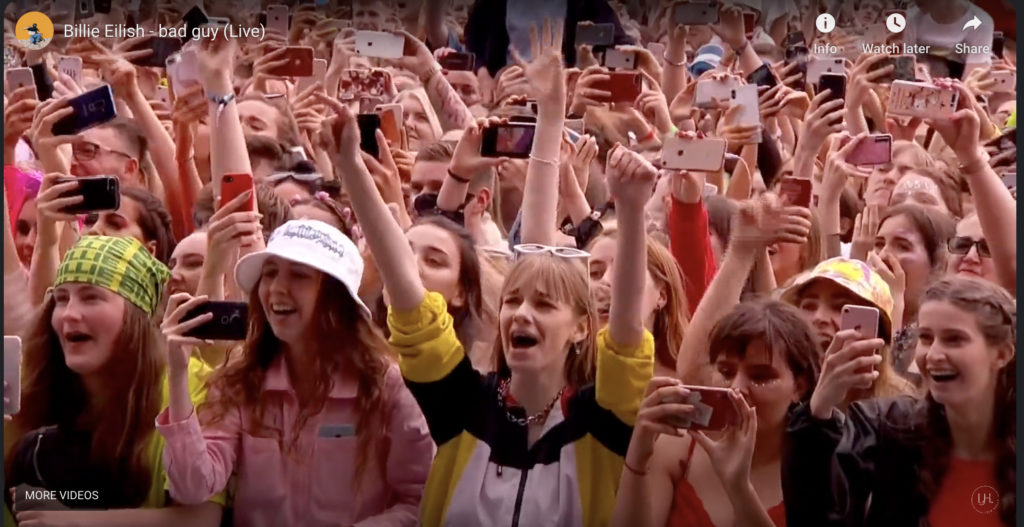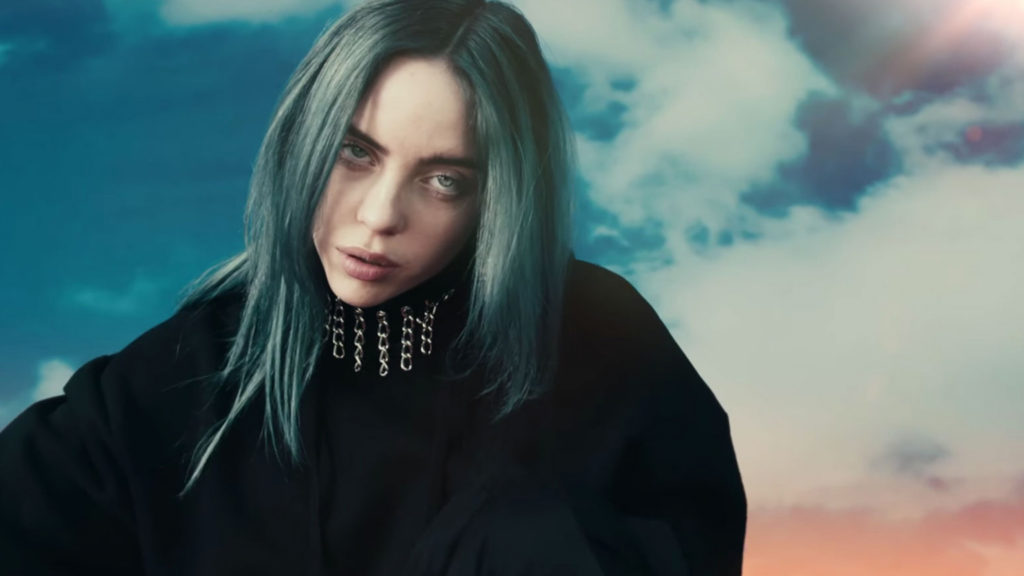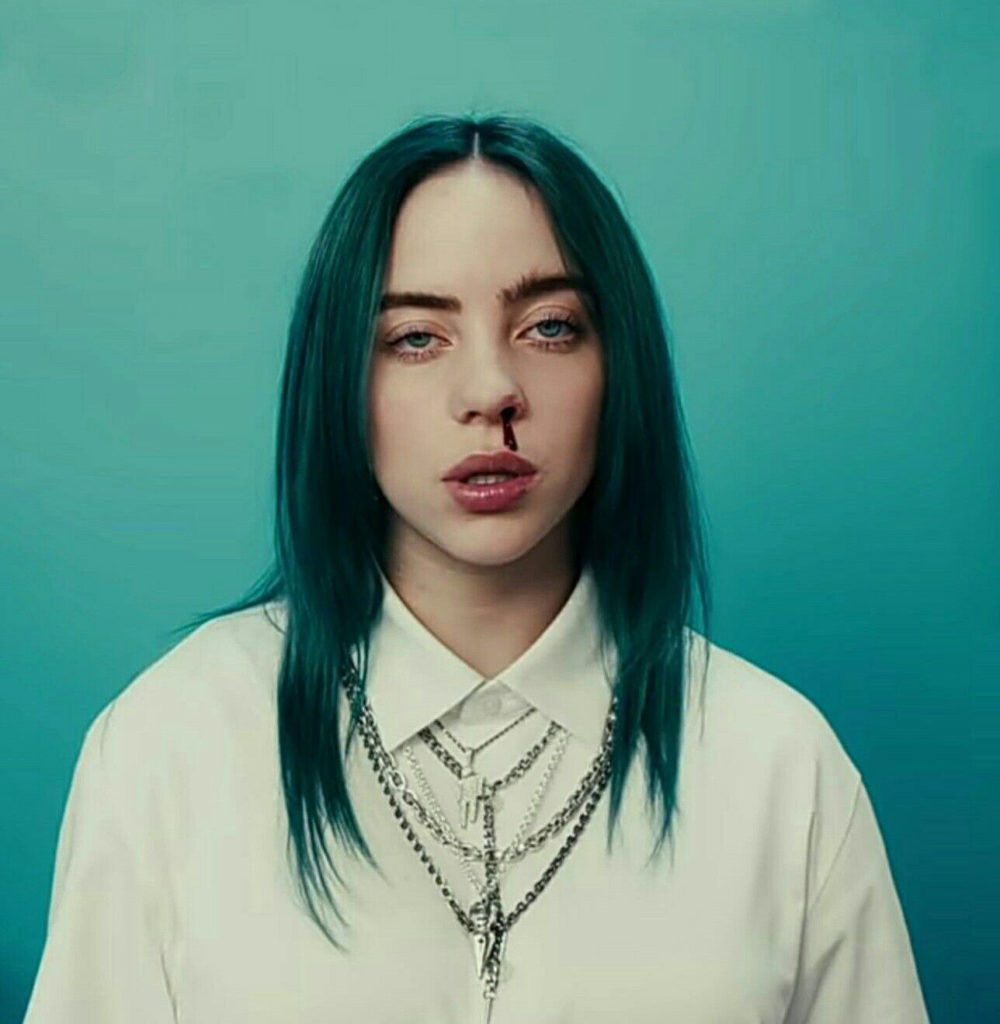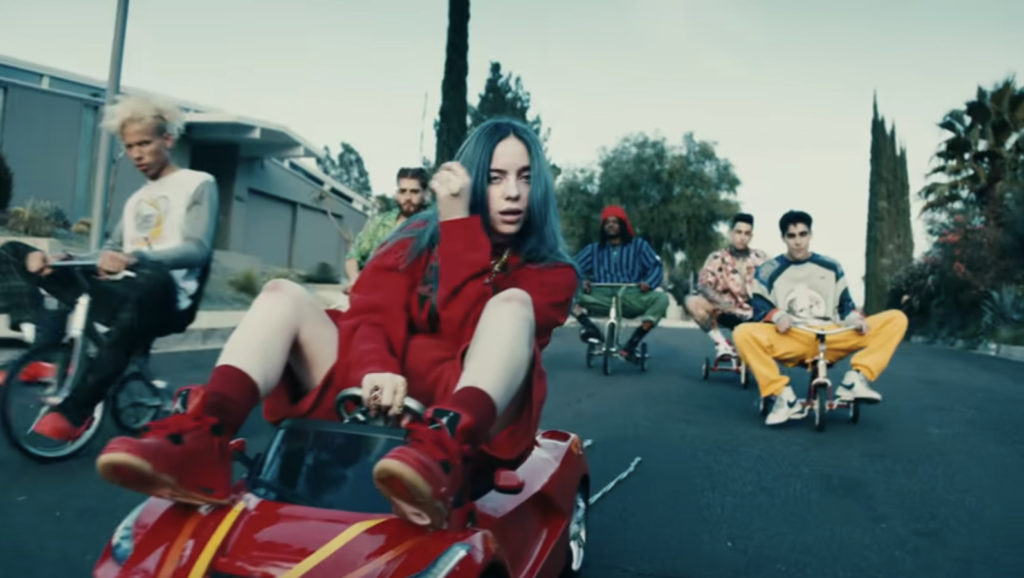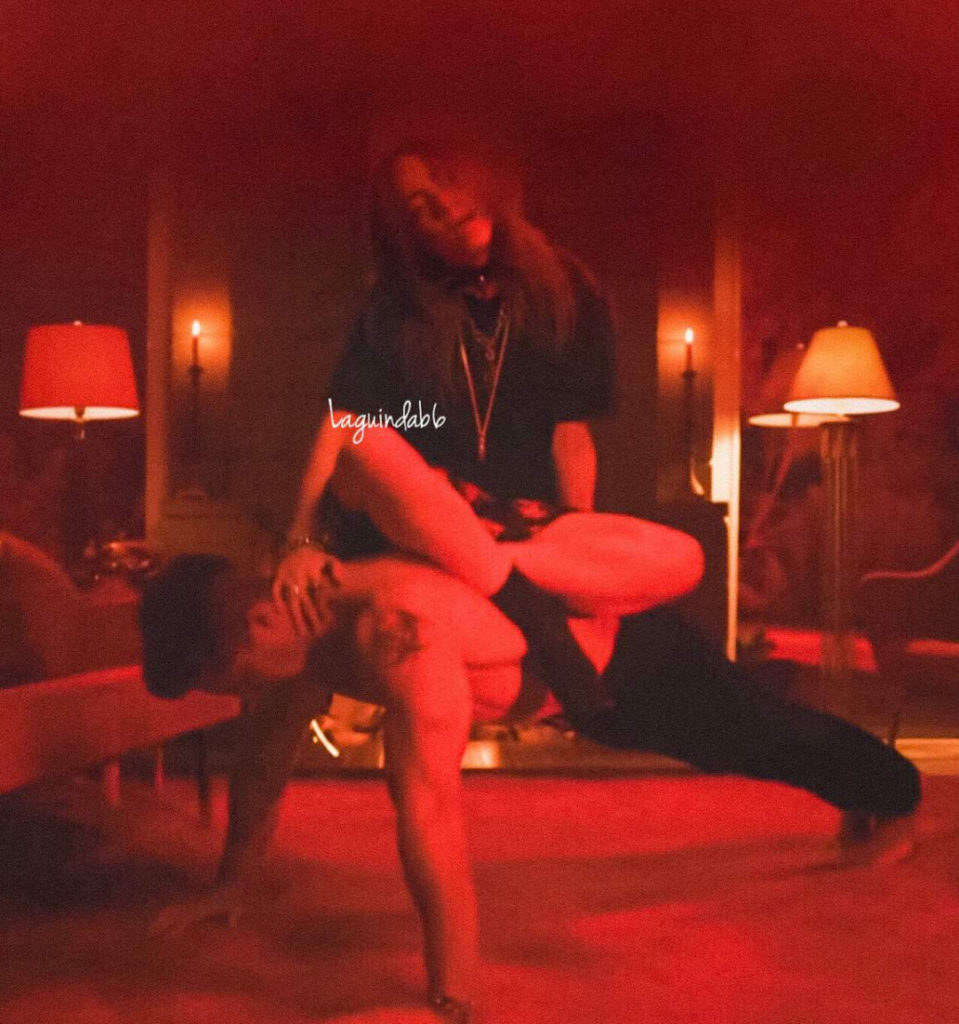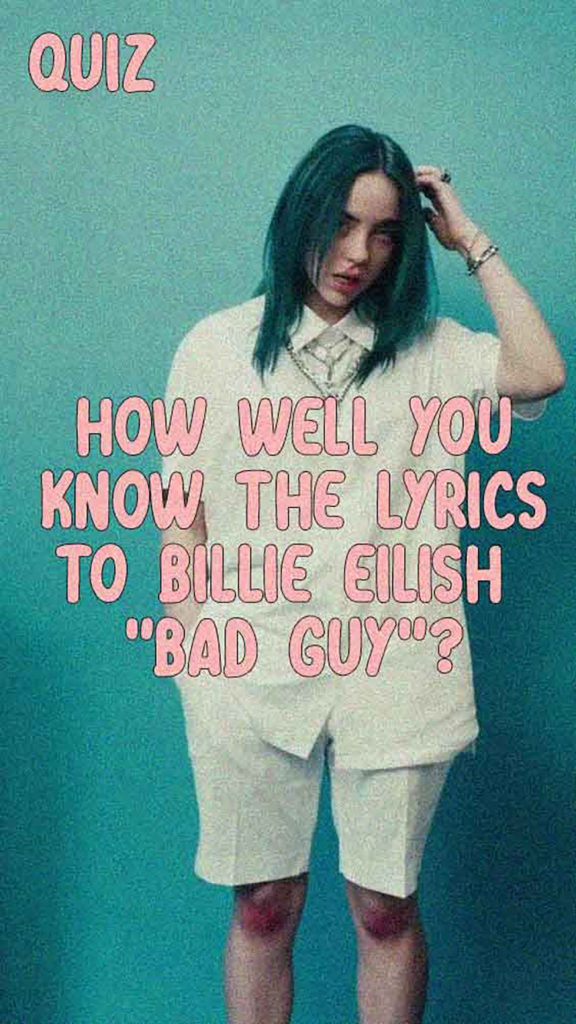
I don’t think she will ever read this.
And if she does, I hope that will be a good thing, that she will find some validity, some truth in what I am about to write and what I wrote in the first part of this double post: “Follow up. Fallout.” The reason these two posts are named thusly is because of the post previous: “What Fresh Hell is This? Same Old, Same Old” where a young woman calls herself the “modern whore” and adds to the myth that women can be empowered sex objects, that everyone can be one of the privileged 1% in the sex industry who go unscathed making happy memories of naughty and, yes of course, money—money that is represented as virtually free or, like the prostitution “sex work as work like all others” progenitors of the 80s Annie Sprinkle and Scarlott the Harlot celebrated, getting paid for sexually servicing men was a fringe benefit rather than the point of an inevitably unbalanced monetary exchange (and, as such, ironically, it wasn’t even the regular work they were claiming it to be at all). As abolitionist and prostitution survivor Rachel Moran states: “The only thing prostitution ever liberated me from was homelessness.”[1]
In capitalism, where the one paying always has power over the one being paid, there is no such thing as ‘free money’ as much as there is no such thing as prostitution being work like all others or abuse being liberation. I don’t know about you, but I have never had to give a blow job or let my boss bang me before work; I think I can safely say that myself along with the majority of wage labourers have never not been very aware of the fact that we are working for money and, most often, wouldn’t have performed said services without a pay cheque in mind. And, unless I was truly desperate to feed and house my children or support a drug addiction,[2] I—and I think I can also safely say pretty much all women—would never voluntarily sign up for an occupation on par with active warfare where women are routinely beaten, raped, maimed and killed.[3] But then, the happy hookers named above are either in denial of this reality and/or of the upper echelons of the all-in-one-piece 1% who, because of the cloisters of political correctness and fear of being SWERFed,[4] are able to speak for all people trapped in the sex trade and spread the dogma of the empowerment and even the glamour to be gained when selling one’s body (or, most often for everyone else in the sex trade, having their bodies sold by a pimps or traffickers)[5]. In the end, the good fortune of the modern whore, self-proclaimed pro-sex feminists (implying the rest of us are anti-sex), and sex-work as work advocates[6] affects self-righteous hyper-sexualization of many young women and implemented a revised misogyny that has become embedded in Western culture five decades later.
The fallout I am referring to in these posts about a young woman/teenage girl I know has to do with just these tendencies: the cultural patterns that emerged in the third wave feminism of the 80s and 90s when, in a lot of ways, feminism stopped being feminism at all as a political movement to challenge and ultimately dismantle patriarchy as a hierarchy that has to oppress in order to exist, as a male supremacist hierarchy that began and is centered on the oppression and exploitation of women by men. In feminist activist and author Julie Bindel’s words: “the authentic meaning of feminism is the liberation of women from male supremacy.” In the 80s and 90s though, regardless of women using their sexual liberation as a one-track-mind form of feminism, what has really happened is sex positive feminists have maintained and even fed what they claim to be liberating us from.
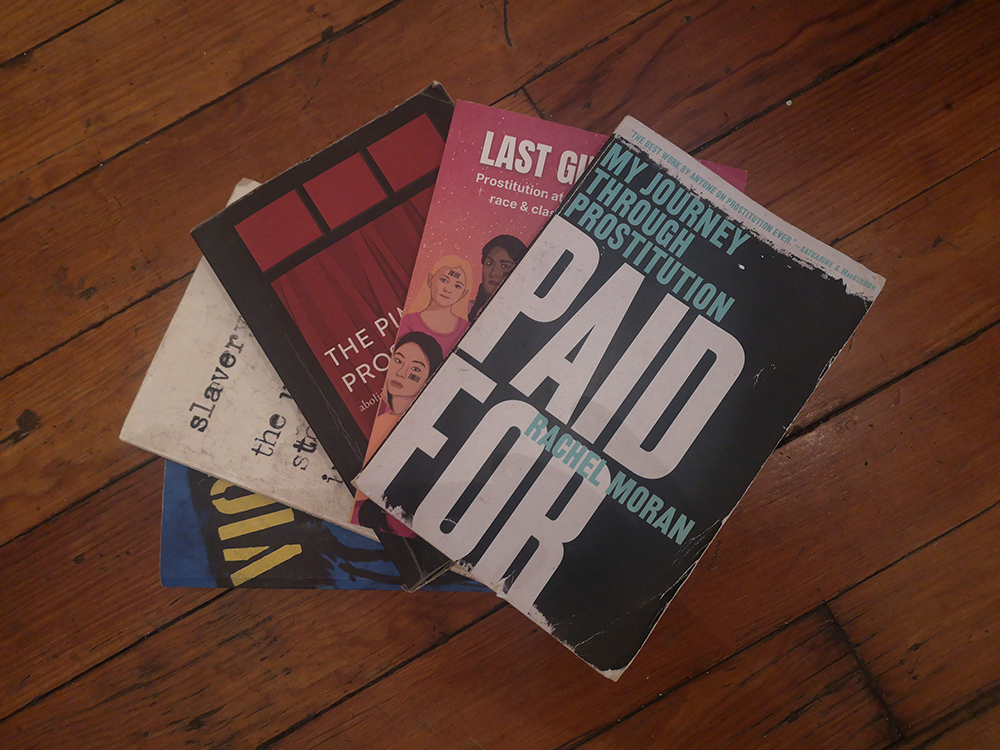
In the 90s and early 2000s,
empowered lap dancers and retro Betty Page style burlesque performers took center stage of what it meant to be liberated and all liberation was reduced to sex. Now, in the 2020s, this prioritization of sex has resulted in the hyper-sexualization of young women— along with and as a result of—their unwitting internalized sexism. As sex trade industry advocate Gail Dines says about the contemporary state of young womanhood: “either you’re fuckable, or you’re invisible.” And the young woman I know certainly isn’t going to stand for that.
If you haven’t read Follow Up. Fallout. Part One yet, I recommend you do so as to get the beginning of the chronology of where we’re going to arrive. I started out with Billie Eilish’s mega-hit “Bad Guy” and now we are about to devolve into NLE Choppa’s “Slut Me Out.” When the young woman first emerged from my neglected TikTok account (it mysteriously pocket dials; I have maybe five followers; whenever it turns on with a blare, it’s her), I didn’t think, as a feminist and survivor, I could be more horrified. However, with the latest blast, I found out I could. There was her pouty, pretty, indifferent face again, recently developed cleavage, heavy black eyelashes that inevitabilize bedrooms or pending back allies, her nostrils flaring into a fraudulent I’m-so-tough sneer, fraudulent because, like the oxymoron of an empowered lap dancer, any liberation this teenage girl is performing is all about attracting the coveted male gaze in patriarchy. Again. However, I think she actually knows this; this is what she wants and lives for: male attention and trumping other young women as the most desired and, hence, fuckable. And yes, over one-hundred TikTok hearts maintains what I pray is not going to become a fatal fraud.
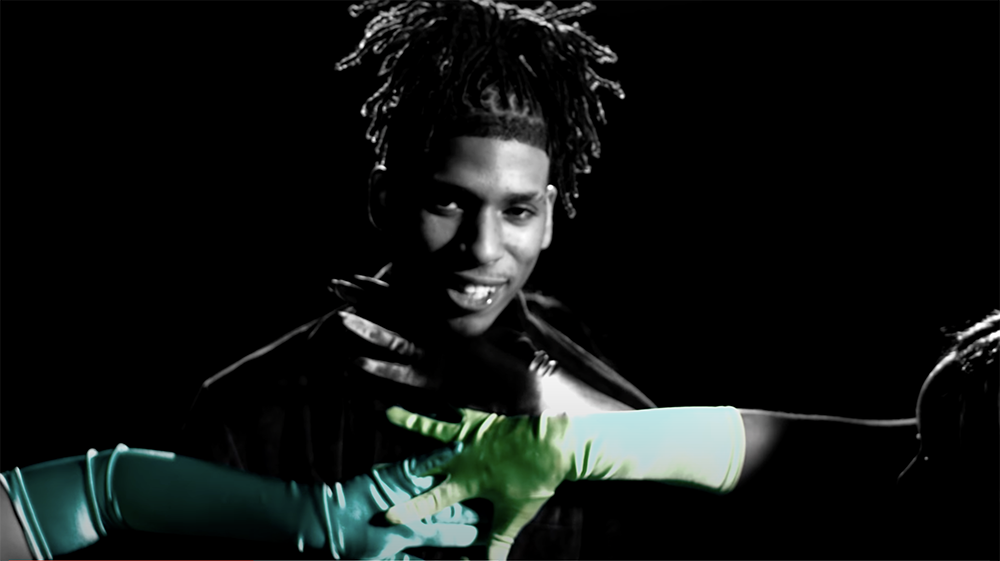
“Slut Me Out” by NLE Choppa
is two minutes of can’t-get mo’-bad-ass-than-this. If you are sixteen or so and want to impress everyone at high school that you are so cool you’re beyond caring about anything including yourself, this is the song for you. The song starts, (as she did):
“Rip off my shirt if you love me
Spit in my face when you fuck me
Play with my gooch while you suck me
Suck my dick like you was ugly
I’m mean … Hello.”
Let’s start with the last line which is, because of its enigmatic and provocative manner of utterance, the hook. Flat, unfeeling intonation: “I’m mean … Hello” is stated as a sinister ‘oops’ emoji: as in I didn’t mean to, I take no responsibility for my actions and gee whiz aren’t I always inculpably cute in my exquisitely honed, solipsistic indifference? In a culture that is breeding new heights of individualism and self-righteous I-don’t-give-a-shit-about-anyone-expect-myself, the song and video are the opposite of empathy; they are sensationalized desensitization, a glamourized meanness filigreed with a ‘Hello’ that conjures a malevolent lost puppy. He’s stylishly numb: timbre pouting indifference, voice flat—as was hers in her one verse TikTok lip synch.
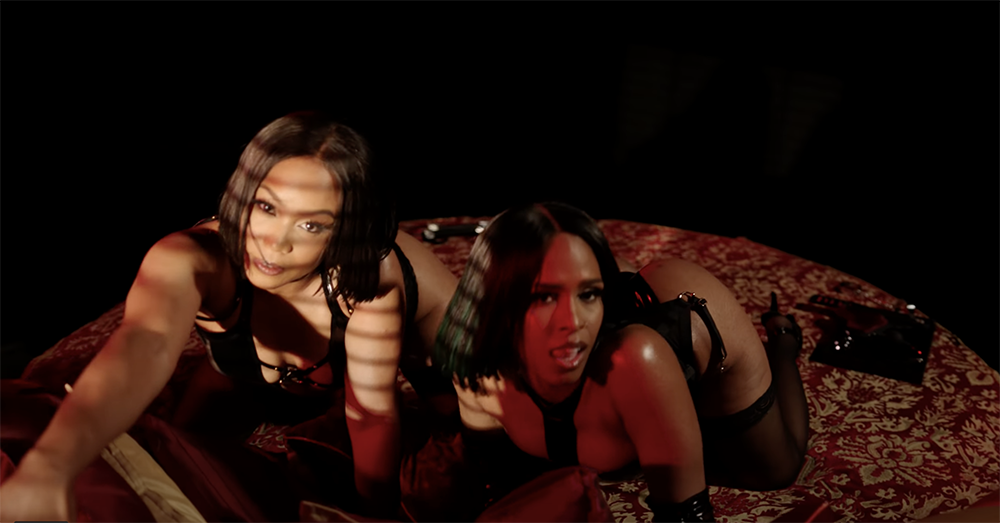
Continuing our explication from the bottom up,
“Suck my dick like you was ugly” plays right into the misogynist trope where young women who don’t fit into the category of ‘pretty’ are not even on the periphery of the in-crowd and have to work harder to get the male approval necessary to even exist. It’s assumed that this debasement and hard work sucking his cock more avidly than others is both a privilege and an honour. In a culture that pits women against one another in the fight to be the most desired by men, the pretty girls get satisfaction out of knowing they rise above those who don’t make the misogynist grade with their pert noses and butts to match and the constant grooming prioritized surfaces entail. However, all is not triumph for the young and the pretty. Because they succeed in attracting more attention from young men as ‘hot’ and, if they hyper-sexualize themselves in order to make the most of this, they will be deemed sluts and, thereby, presumed to be asking for and deserving to be sexually assaulted—which of course they often are.[7]
As young women self-objectify, their use-value is reinforced in a male supremacist culture and young men see women as things to be used more than ever before. This is certainly not to excuse them. Young men need to be educated on sexual violence and all young people need to be taught empathy. However, it’s reality. It’s logic. As young women strut down high school corridors in high-cropped, low cut tops and sparkling pierced navels,[8] young men, with their teeming testosterone, will be aroused. (Jordan Peterson is definitely correct on this point, but certainly not when according to him the hormone besieged boys don’t have to take any responsibility for not being able to control themselves). The use of date rape drugs is escalating in high schools[9] and as the teenager girl I know performs enjoying, wanting and condoning abuse, male impunity in patriarchy will escalate to the point where, because young women are literally asking to be raped, it is, therefore, consensual and no longer a crime.
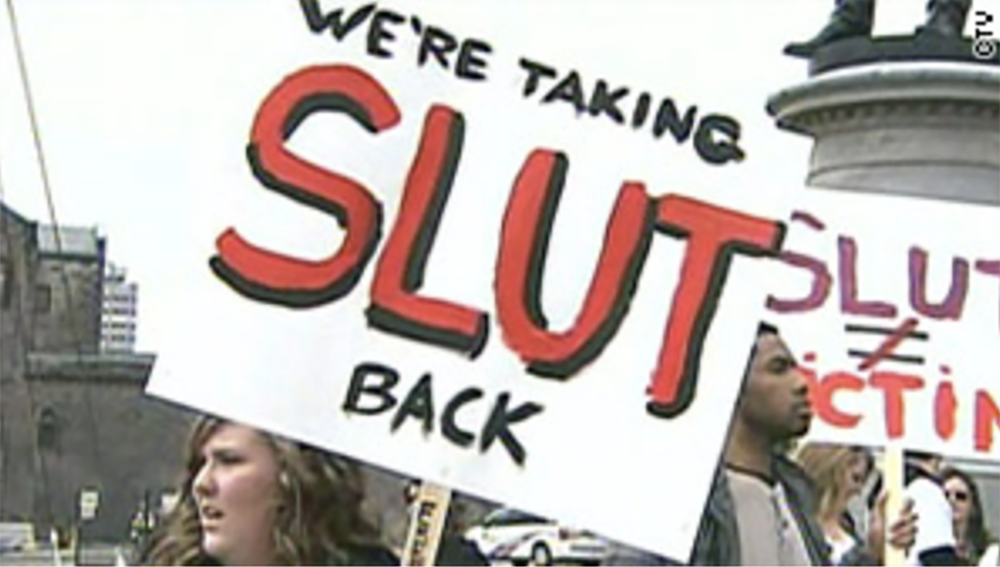
And what is a slut, exactly,
now when so many derogatory terms have been appropriated and empowered or de-derogatized? As another late 20th and 21st Century prioritization of sexuality as female liberation, slut walks of the so-called first world are manifestations of a woman’s autonomy over her body and sexuality. Fine. Of course, we want the right to our bodies and to be free to choose our sexual lifestyles. But is that all there is to a slut walk: sexual autonomy? On the surface, yes—which is significant in itself as sexual liberation is again the only point—but when we flesh it out, like all cultural phenomenon, there’s much more than is-that-all-there-is.
Julie Bindel points out “the astonishment of feminists in the Global South [that] we continue to have slut walks” when in a third world reality survival is central. Bindel tells us how the FTN (free the nipple) campaign[10] that, like so-called empowered lap dancers and voluntary prostitutes, once again serves the male gaze and his sexual pleasure they line the streets to watch the liberated nipples—read: still sexualized women’s breasts. From a global perspective, the slut walk is directly connected to the sex-work-as-work mantra that, significantly, is not espoused by the majority of prostituted people who live on the peripheries of privilege in literal third world countries like Cambodia and Nigeria and in the third worlds that exist in the first in such places as Vancouver’s BC, Canada’s, Downtown Eastside low track.[11]
And so, back to the question: what is a slut?
According to the always relevant dictionary definition in regards to the history and predominant cultural understanding of the word: “a person, especially a woman, who is sexually promiscuous” (italics mine).[12] Regardless of slut walks attempting to liberate the term from its degrading and specifically gendered female definition that originated in the 15th Century, when NLE Choppa’s “Slut Me Out” is lip-synched by a teenage girl on TikTok, the dictionary definition is the only definition. This is how she has been conditioned in this era of feminist backlash to define herself. And this is how she is defined: easy, fuckable, usable, and rape-able. And, as an added bonus for men, she has tacitly exclaimed: “Sign me up for all.”
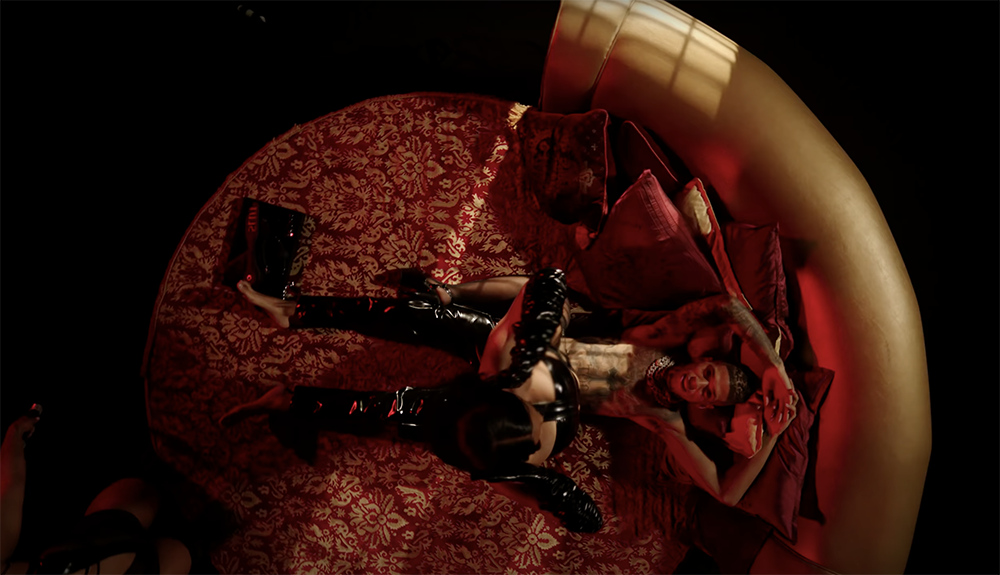
Of course, there is also a psychologically abusive twist that maintains the physical as NLE Choppa asks the women to:
“Where your friend
Bring your buddy
I don’t think you enoughie”
Okay, even though I’m doing everything you want me to in order to not be ostracized in patriarchy as undesirable by men, thanks for the blow to my self-esteem to keep me in my abuse-compliant place. If that isn’t enough, I am framed as trying really hard to fulfill his fantasy of domination when apparently my “favourite thing to say is ‘Cuff Me,’” (italics mine, again). The women represented in “Slut Me Out” are voluntarily demeaned zombies where the center of their worth—their favourite desire ever—is to willingly submit to a man and, even then, not be enoughie.
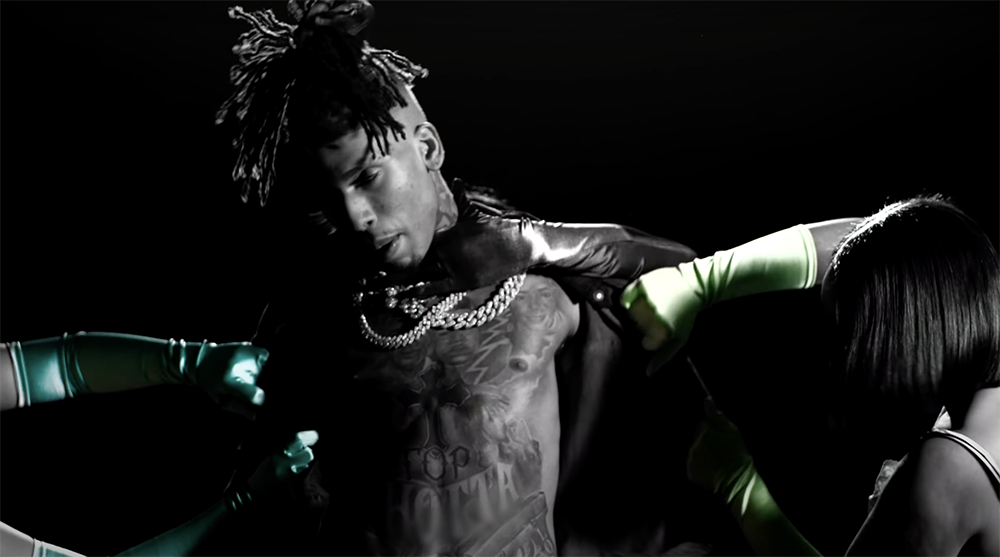
However,
in a way, the song can be construed as not as offensive and harmful in the fight to end violence against women because it is sung by a man. When I first heard it coming out of the mouth of a teenage girl, though, I assumed it was sung by a woman and I was surprised—and a bit relieved in the moment—when I discovered otherwise. The lyric that made me hot with rage, horror and heartache when it was blasted at me from her TikTok is “spit in my face when you fuck me.” Yikes. Yuck. A man spat in my face once and I left him. How did this happen? How did what could be referred to as misogyny on crack get through all that feminists have fought for since the 70s? And yet, now that I know the ‘me’ is most likely ‘him,’ that’s a bit better, and there is a third person (or persons) who are definitely women that supports the possibility that this ‘me’ is a ‘he.’ And yet, once again, as with the attempted transformation of carved-in-cultural-consciousness definition of slut as a dirty and promiscuous female, when the lyric “spit in my face when you fuck me” is celebrated by a hyper-sexualized young woman on social media and rewarded with hundreds of likes, there is no possibly male ‘me’—it’s all ‘she.’
Of course, I have no problem when cocky men turn the misogyny that their gender is responsible for onto themselves. However, this possibility is short-lived as very soon—to his narcissistic glee—women are stereotypically climbing all over him as he leans back luxuriating on black satin pillows and are ever-so-faithfully, tirelessly, on top. Naturally, in patriarchy with the pre-requisite of bigger the better, he states (definitely no longer the target of his own misogyny):
“Big dick energy, I give it
Don’t believe me then come feel it
Gon’ put this here in your kidney.”
Okay, even better! Damage my organs with your huge dick! Please! And then, promoting the plague of male emotional unavailability: “Don’t text me.”
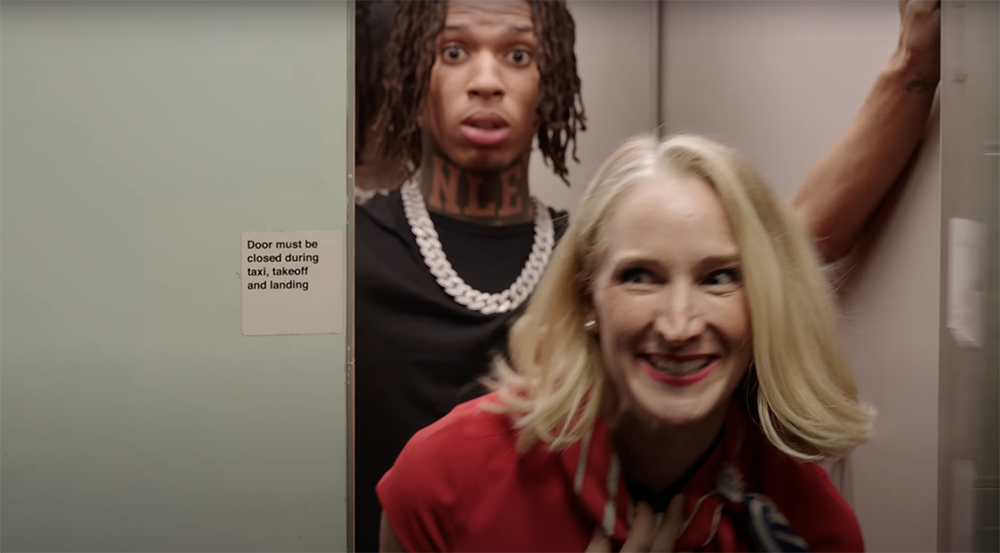
But wait, the horror!:
poor, massive-cocked, glorified mean-guy is trapped by a lascivious flight attendant in the closet, his now puppy-dog eyes begging duped girl-fans to come and save him. I can feel them yearning starry-eyed from the other side of the screen: I’ll save you so I cannot be ‘enoughie’! Even though she is far from ugly, we know the the flight attendant will have no choice but to suck his dick like she is; however, with her desperate and cougar-ish representation, she won’t have a problem with that.[13]
Ending where it starts, the first line that is written on the opening frame of the video: “Why you being weird to me” victimizes the victimizer. Does he, after all, have his tongue a bit in his cheek as the answer to being rejected and someone (or everyone) being weird to him makes him desperate enough that he asks to have his face spat on while being fucked? Does “Slut Me Out” have something in common with Eilish’s “Bad Guy” when she enigmatically claims her hit pokes fun at the way people present themselves meanwhile representing glorified nose-bleeds, Lolita-esque bruises on innocent knees, in order to, yes again attract the male attention? In both, “Slut Me Out” and “Bad Guy,” if there is any satire to be had, young girls grasping for popularity are never going to get it. And, unlike “Bad Guy” where ambivalence runs through the song to the point where the singer-songwriter’s intentions are inscrutable, for NLE Choppa, except for this one enigmatic sentence, any undermining is undermined by all that comes next.
As a cultural theorist, I am fascinated by this anthropological study of cultural de-evolution; as a human, feminist and victim/survivor, I am horrified by how young women are being expected to want to be degraded and abused in order to, in Dines’ words, not be invisible. It is my hope that for my young woman friend this is only going horrifying a phase (but, unfortunately, her actions are also damaging to those who view it and believe it). It is my hope that she will get through it as equally unscathed as the happy hookers with their “pro-sex” initiatives and empowerment through prostitution who (most likely unwittingly) brought us here. It is my hope that she’ll read this someday and recognize the self she grew out of.
Until then?
Where does this lead to? Well, being voluntarily/non-consensually choked, of course. (Looks like there will be a Follow Up. Fallout. Part 3 after all).
Yours always logically,
LF.
#Iloveendnotes
[1] Rachel Moran Paid For: My Journey Through Prostitution New York/London: W.W. Norton & Company, 2015: 152.
[2] Simon Häggström Shadow’s Law: The True Story of a Swedish Detective Inspector Fighting Prostitution. Selina Öberg, trans. Bullet Point Publishing, 2016: 72-73.
[3] Victor Malarek The Johns: Sex for Sale and the Men Who Buy It. New York: Arcade Publishers, 2011: 228.
[4] When I was on my Trauma & Triumph Tour 2022 across the US and Canada for my book Victim, I visited many sexual violence non-profit centres. I asked them about their take on sex-work as really being work like all others and not inherently exploitative. Many of them agreed with me; however, when counselling often mentally ill, traumatized and drug addicted women in the sex trade, they are unable to offer any exiting strategies, other opportunities for prostituted people to support themselves in a way that would most likely be interested in. This is because of the politically correct prerequisite to not question the exploited person’s ‘free’ choice even through implication. Through her extensive research and travels investigating prostitution internationally, feminist psychologist Melissa Farley reports how: “In 9 countries on 5 continents, 89% of more than 850 women in prostitution told us that they wanted to get out.” Prostitution and Trafficking in Nevada: Making the Connections. Prostitution Research & Education, 2007: 27. Prostitution survivor Rachel Moran comments in her memoir, Paid For, how when she was in the sex trade, she acted as though she had freely chosen to be there in order to psychologically protect herself and have some sort of empowerment. It is common when women get out, they realize that there was no free choice involved and that is was all circumstantial and coerced choice. When you think about it, this is logic. However, some sexual assault non-profits, so steeped in the dogma and delusion of ‘free’ will and the freedom to choose exploitation and to not offend by openly offering alternatives, SWERFed me (sex-worker exclusionary radical feminist. See this link for more details)
[5] As Detective Inspector Simon Häggström, the head of the Stockholm Police Prostitution Unit, says: “When it comes to people’s backgrounds it is clear that certain groups are more at risk of ending up in prostitution than others.” Simon Häggström: 72-73
[6] Sex-workers advocates are well-meaning. They want to protect people in the sex trade by destigmatizing it and making it regular work. This is never going to happen because the majority of men who buy sex from predominantly exploited women and girls, hate women and there will always be an unequal power relationship. When a man is paying a woman for her sexual services, he has control over what she has to do. And, if she doesn’t do it, the man feels entitled and it has often been stated by men that raping a prostitute is not rape. Prostituted women always have an escape plan set up before going with a john. And, there are emergency buttons in brothel rooms (that sometimes don’t work). Do any not-prostituted people need an emergency button or an exciting plan before starting their shift? I think it’s safe to say, No. Logic.
[7] One woman every 17 minutes is raped in Canada, one woman every 2 minutes in the US, and one woman every 18 seconds in Mexico. The most common age when a women is raped is 13-30.
[8] The teenage girl who is the subject of this essay proudly showed me what she was wearing to school the next day. I said that’s a belt; but, no, it was actually a ‘shirt.’ There needs to be dress codes at high schools and universities. However, there quite often isn’t because of the politically correct dogma of ‘freedom of choice.’ In the end, political correctness supports and maintains rape culture.
[9] In this article about a Vancouver area high school, young women are starting to fight back; however, when male teachers ‘flag’ teenage girls for wearing revealing clothes, the young women say it’s their choice to wear what they want. Yes, it is. But unfortunately self-objectification as a sex object and the inevitable male response to this does nothing to end or even abate rape culture. Sorry. More logic. https://www.newwestrecord.ca/local-news/new-westminster-students-rally-against-high-school-rape-culture-5368130
[10] Julie Bindel Feminism for Women: The Real Route to Liberation London: Constable, 2021: 14; 80.
[11] The low track is the prostitution ‘stroll’ where some of the most desperate women in Canada are prostituted to pay for drug addictions. According to Gabor Maté who worked as a psychiatrist in the DTES for many years, all of the mentally ill and drug-addicted women being prostituted on the streets were sexually abused as children and continue to be sexually assaulted virtually every day. This is the location where serial killer Robert Pickton found his victims over a ten year period. The disappearances of these women were ignored by the Vancouver Police for almost a decade. See See Gabor Maté In the Realm of the Hungry Ghosts: Close Encounters with Addiction and Lori Shehner That Lonely Section of Hell: the Botched Investigation of a Serial Killer Who Almost Got Away.
[12] A substantial and historical definition of ‘slut.’ “The word’s origins are unknown, but the Oxford English Dictionary coined it as “a dirty, slovenly, or untidy woman” in the 1400s. Until the 20th century, the term ‘slut’ referred to poor women with low standards of cleanliness. ‘Slut’ was not only gendered, but also classed. According to society, the poor women it referred to should be more productive in the labour market. It was not until 1966 that ‘slut’ became what we know it as today; a “woman who enjoys sex in a degree considered shamefully excessive.” https://yeoja-mag.com/origin-word-slut/
[13] There is also the derogatory ‘cougar’ stereotype is at work in this scene as well. It is so annoying when the name of the big cat in BC, Canada forests is brought up and right away men go to the stereotype of a ravenous middle-aged woman preying on younger men. Of course, when an older man is with a young woman, if anything, he is called a sugar daddy. Women can be labeled sugar mamas, as well. However, giving someone sugar is a much more positive metaphor than a female/predatory and terrifying wild animal attacking innocent young men. This annoying topic came up once again last weekend at a dinner party (by a man of course). I explained the above and, alas, a woman said to me, “people can’t say anything these days. There is no sense of humour.” (Sigh). Derogatory stereotypes are never funny: be they racial, gender-based or class-based. In his video, NLE Choppa as a literal and ideological predator in a male supremacist system becomes the victim as he is pulled into a closet by a misogynist myth. From my experience as a middle-aged woman, they are the young men who (often to my surprise) hit on me. Hey, middle-aged women sisters: what’s your take on this myth? Tell me in the comments!
*All images of NLE Choppa and his video “Slut Me Out” are screenshots from the official video on YouTube.
About the Blogger:
I am an art critic, visual and performance artist, author and feminist activist. My work focuses on systemic violence in patriarchy: be it gender, race, the environment or speciesism. My art criticism has been published internationally in magazines, anthologies and artist catalogues in English and Spanish and I have exhibited and performed across Canada, in the US and in Mexico. I am the recipient of the “Ellie Liston Hero of the Year Award” 2022 for being instrumental in the life sentence given to a serial rapist who abducted and brutalized me and countless other women. Since that time, as I write in my book, Victim: A Feminist Manifesto from a Fierce Survivor:
“And, believe it or not, what I suffered and survived …. all of those years ago gave me a gift of knowing my strength and what I can survive. And now, resistance, fighting for justice for all, is what I live for. My life is far bigger than myself.”(186)
My personal experience of surviving and triumphing over sexual violence and trauma is the origin of Logical Feminism.
I live in Mexico City and British Columbia, Canada. Victim: A Feminist Manifesto from a Fierce Survivor is my debut book.

